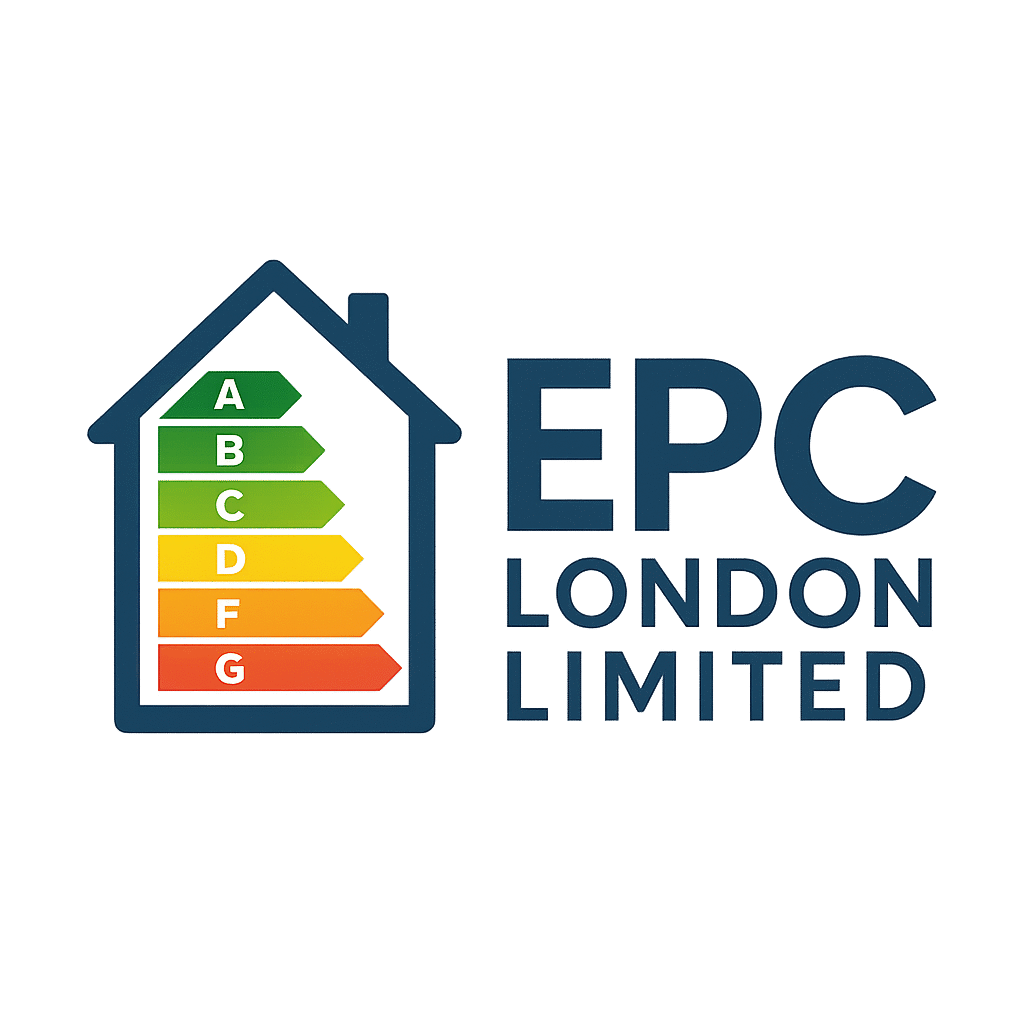An Energy Performance Certificate (EPC) provides a rating based on how energy-efficient a property is. This rating is determined by a numerical score, which is then converted into a grade from A (most efficient) to G (least efficient). Here’s a breakdown of how the points are calculated:
🔧 1. Data Collection During Assessment
A qualified EPC assessor visits your property to gather detailed information, including:
Property dimensions (floor area, wall height, etc.)
Construction type (solid brick, cavity wall, timber frame, etc.)
Heating systems (boiler type, radiators, controls)
Insulation levels (walls, roof, floors)
Windows and glazing type (single, double, triple glazing)
Lighting type (energy-efficient bulbs or not)
Renewable energy sources (solar panels, heat pumps, etc.)
📊 2. Input into Government-Approved Software
The collected data is input into approved software (like RdSAP for existing dwellings), which simulates the building’s energy usage for heating, hot water, lighting, and ventilation.
💡 3. Calculating the Energy Efficiency Rating
The software calculates:
Energy use per square meter
Carbon dioxide (CO₂) emissions
Primary energy consumption
From this, it produces a numerical score between 1 and 100+:
92–100 = A (most efficient)
81–91 = B
69–80 = C
55–68 = D
39–54 = E
21–38 = F
1–20 = G (least efficient)
📈 4. Estimated Running Costs & Recommendations
The EPC also provides:
Estimated annual energy costs
Suggestions for upgrades (e.g., loft insulation, more efficient heating systems)
Potential rating if upgrades are made
🔍 Example:
A property with good insulation, a modern condensing boiler, and LED lighting may score 85 (B rating), while an old home with poor insulation and an outdated boiler might score 35 (F rating).
📞 Need an EPC in London fast?
Check out our Same-Day EPC Service
🏠 Or learn more about Residential EPCs
📬 Questions? Contact us or call +44 7741 812 864





